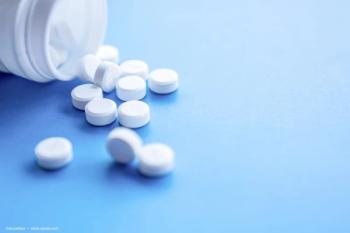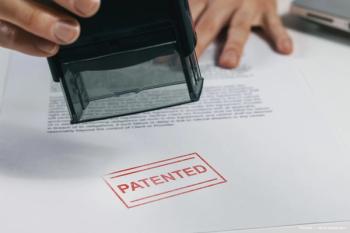
How Biosimilars are Different Than Their Reference Products
Carl D. Regillo, MD, and Jennifer I. Lim, MD, provide an overview of the development and clinical evaluation of biosimilar agents.
Episodes in this series

Carl D. Regillo, MD: Hello, and thank you for joining this Ophthalmology Times™ Insights titled “Updates in the Use of Biosimilars in the Management of Retinal Eye Disorders.” I'm Dr. Carl Regillo. I'm the director of the Retina Service at Wills Eye Hospital in Philadelphia and professor of ophthalmology at Thomas Jefferson University. I am pleased to be joined by Dr. Jennifer Lim. She’s the Marion H. Schenk, Esq., chair in Ophthalmology for Research in the Aging Eye and professor of ophthalmology at the University of Illinois Chicago, and director of the Retina Service at the University of Illinois Chicago. Our discussion today will encompass an overview of biosimilars, and we will discuss barriers to biosimilars and how they can be overcome using clinical data. We’ll also discuss the impact on retinal eye disorders with the launch of the first biosimilar, and what the future holds for biosimilars in ophthalmology. Jenny, let’s start with the basics: What is a biosimilar?
Jennifer I. Lim, MD: That’s a great question. A biosimilar is produced by biological living cells, so it’s not the same as a generic, where you can create a drug and follow a recipe to create the same structure.Instead, what must happen is, to get the same effect as the biologic, they must reverse-engineer this drug. They look for the effect for the binding site, create that, and then build the molecule, going backward, if you will, to get the same drug at the end—same effect.
Carl D. Regillo, MD: So simply put, a biosimilar is a biologic?
Jennifer I. Lim, MD: Yes.
Carl D. Regillo, MD: A generic is a chemical?
Jennifer I. Lim, MD: Right.
Carl D. Regillo, MD: And generics are manufactured in a simple, chemical way?
Jennifer I. Lim, MD: A recipe, if you will. Right.
Carl D. Regillo, MD: A biologics is a living cell system, and it can’t be identical to the original on-label drug, referred to as the reference product. What else? I know, for example, that simple chemicals, like generics, are very quick and easy to make, and the road to approval is very straightforward. A biologic is the total opposite end of the spectrum. It can take a billion dollars in R and D [research and development], in the clinical trials, to get that product on market; that could be 15, 18 years. But the path to approval for a biosimilar is not quite as involved. Is that right?
Jennifer I. Lim, MD: That’s right, you hit the nail on the head. Similarly, for reference drugs, you must have the molecule. You must test the biologic, and prove it’s safe in animal studies, and then you go from there to PK [pharmacokinetic] studies in humans. Then you have the large clinical trial, and that costs hundreds of millions of dollars. With these biosimilars, they create the biologic product and then they must show that it is equivalent to the reference drug, so the clinical trial is not as important. There still must be a clinical trial to show that it’s safe in humans, and that it has the same sensitivity to get the same effect and that it’s safe. Essentially, for AMD [age-related macular degeneration], you must show the efficacy at the first 8 weeks, and then you must show the safety, ideally, at 9 months. We’ll see when we discuss later that these other molecules, they’ve taken them out to 1 year to increase our comfort in terms of the safety.
Carl D. Regillo, MD: I think we’re all familiar, as retina specialists. We’ve been using biologics now for 16 or more years. We’ve come to trust them, know them well. Traditionally, they go through the preclinical testing in animal models. They go through phase 1, phase 2, phase 3, and phase 3 studies are usually 2 identical, parallel-run studies. The biosimilar, however, does not need to do a phase 1-2. Like you said, once they get their product, they must run 1 equivalence study.
Jennifer I. Lim, MD: Correct.
Carl D. Regillo, MD: So, it’s one phase 3, and it is a shorter time frame. The primary end point for efficacy is typically around 8 weeks because that’s the sweet spot. There are secondary outcomes, anatomy and safety, as you said, at least 9 months, maybe 12 months for safety. It’s an equivalency study, it’s not a noninferiority study. It’s got a tighter margin with regards to the vision, so we’ve got a product that has a more accelerated path to approval.
Transcript edited for clarity
Newsletter
Don’t miss out—get Ophthalmology Times updates on the latest clinical advancements and expert interviews, straight to your inbox.


















































.png)


